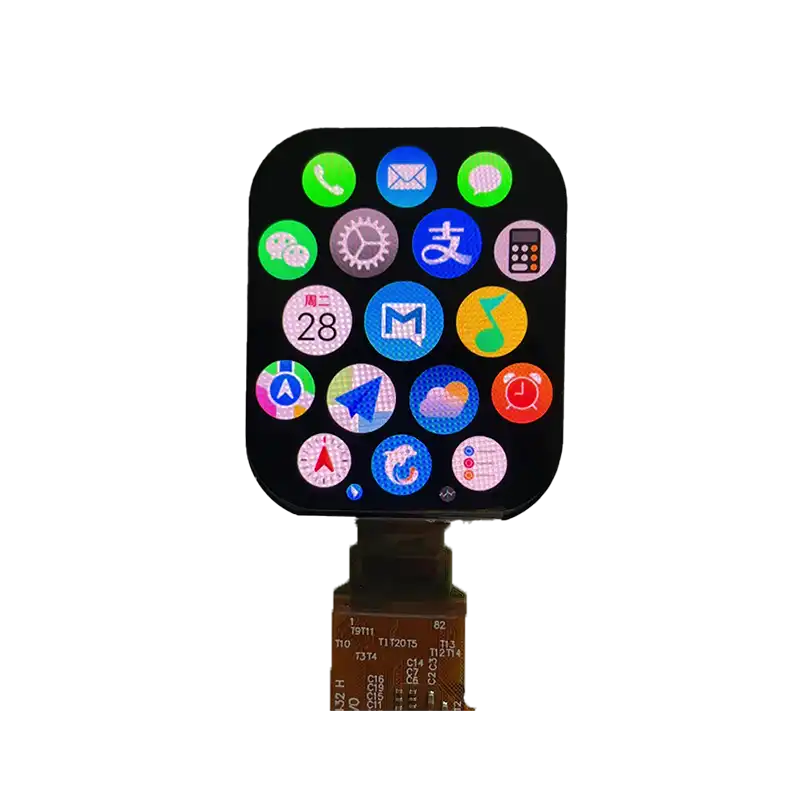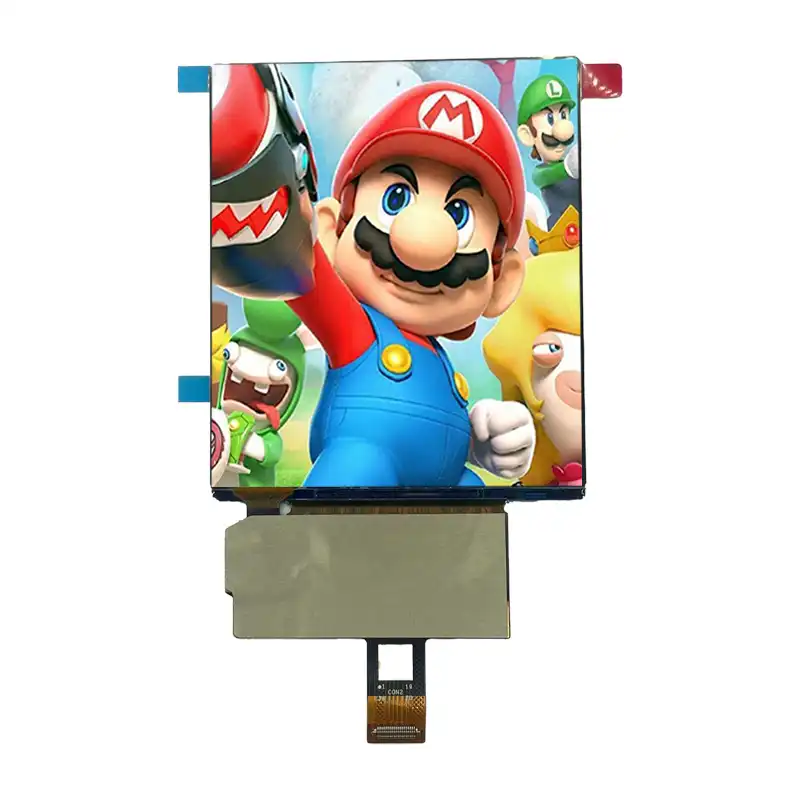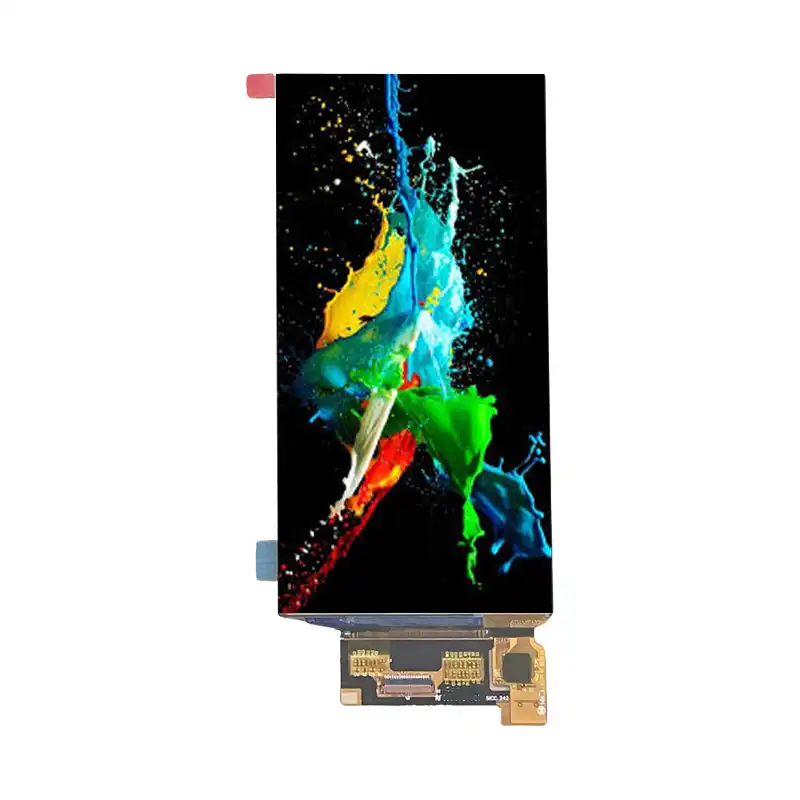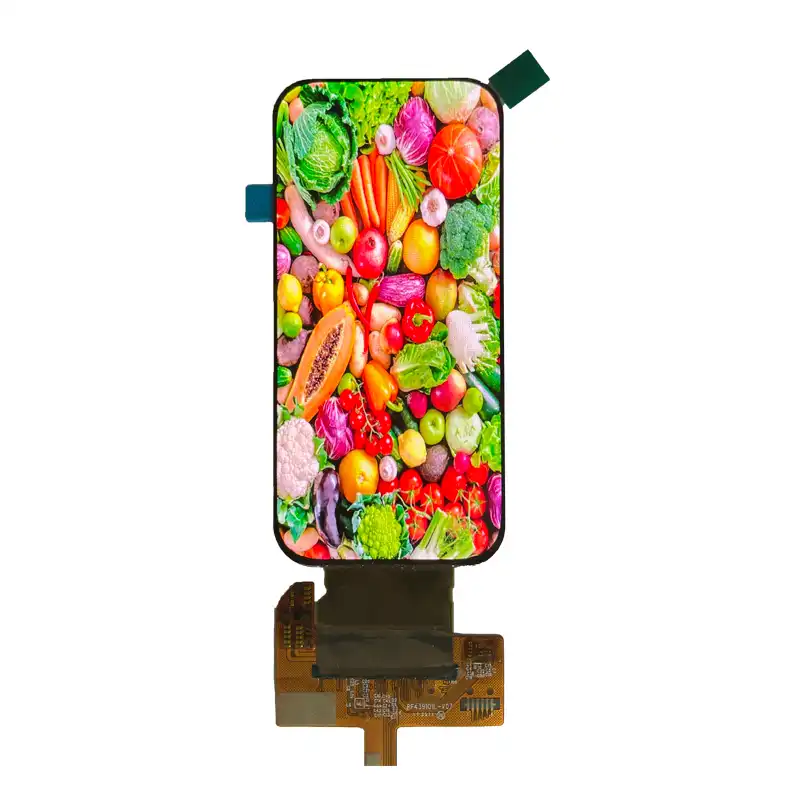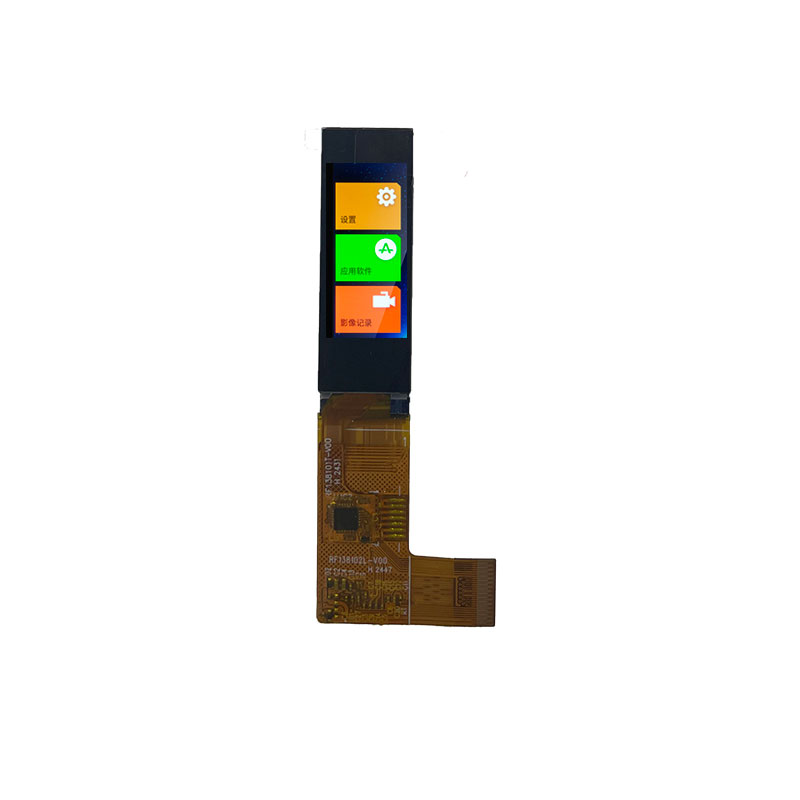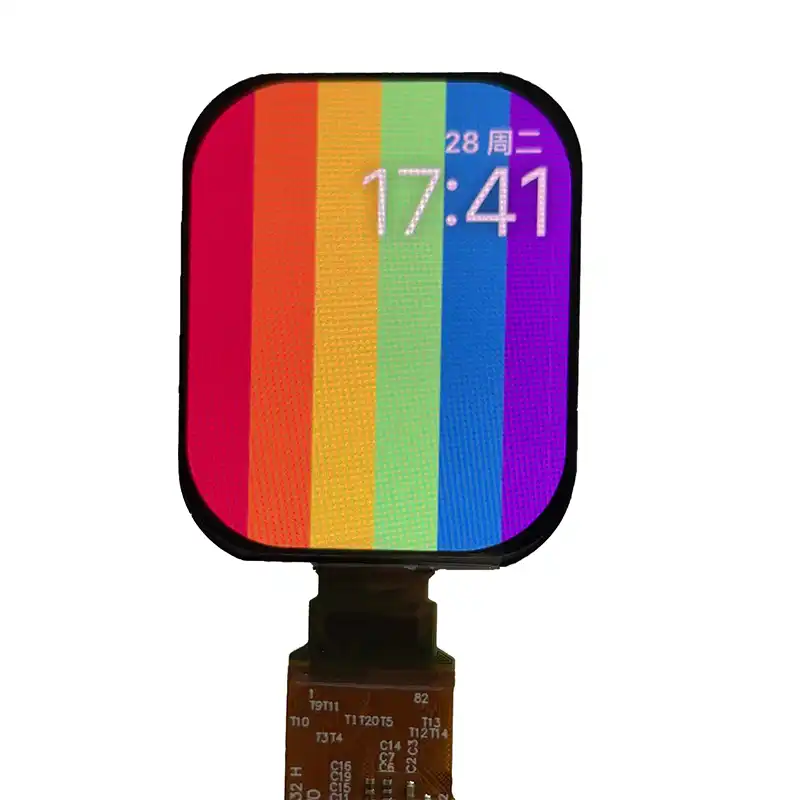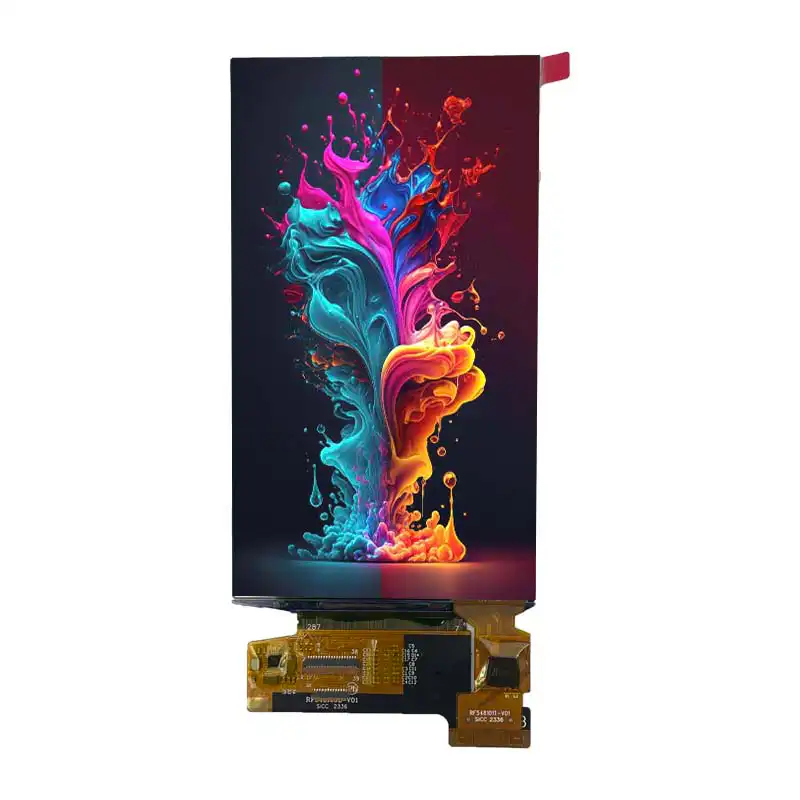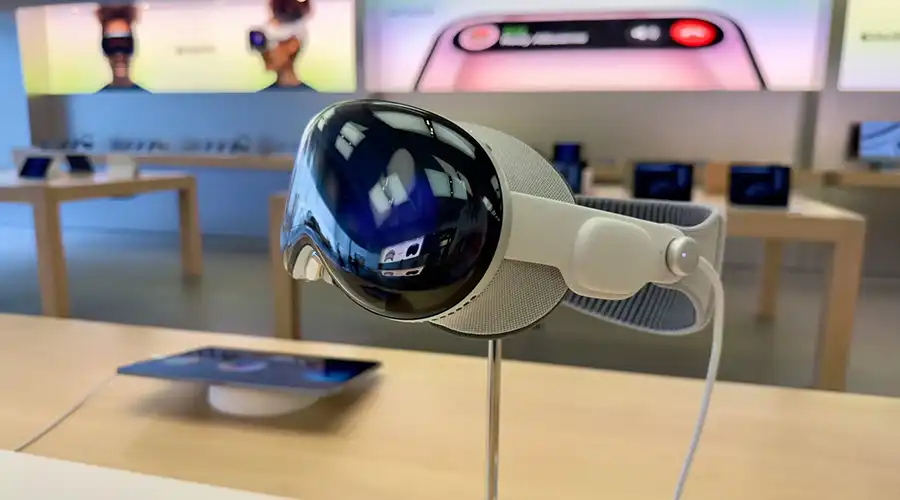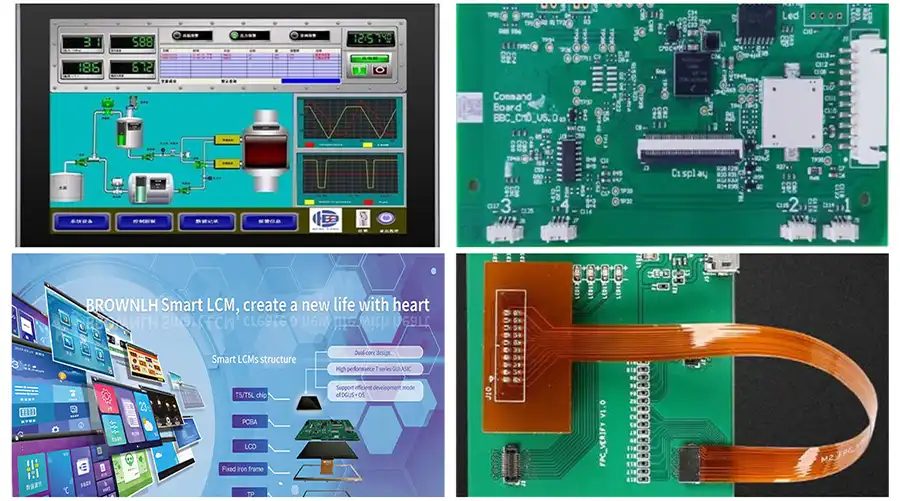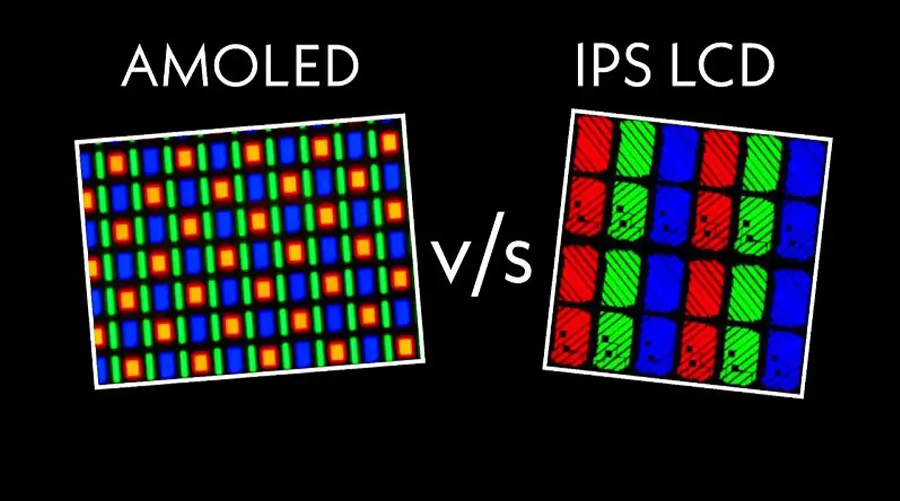Table of Contents
OLED Display Technology – The Science Behind Next-Generation Screens
OLED display technology is revolutionizing the way we interact with screens. Unlike traditional LCDs, OLED displays offer deeper blacks, wider viewing angles, and faster response times. This section will explore how OLED display technology works and why it’s considered superior to other display technologies.
We’ll also compare OLED display vs LED display in terms of energy efficiency, brightness, and overall performance. Whether you're using a smartphone, TV, or wearable device, understanding OLED technology can help you make better purchasing decisions.
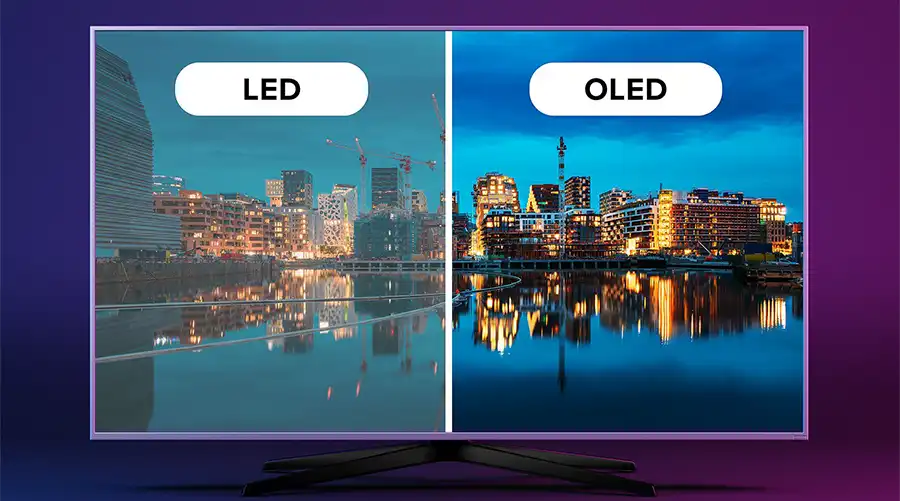
How OLED Display Technology Works and Why It’s Superior
OLED stands for Organic Light-Emitting Diode. Each pixel in an OLED display emits its own light, eliminating the need for a backlight. This allows for thinner and more flexible displays with excellent contrast ratios.
OLED Display vs LED Display – A Detailed Comparison of Display Technologies
While LED displays rely on a backlight, OLED display technology allows for true black levels and better color accuracy. This section will compare the pros and cons of both technologies in different use cases.
The Future of OLED Display in Smartphones, TVs, and Wearables
From foldable smartphones to ultra-thin TVs, OLED display is leading the way in next-generation visual technology. We’ll explore how OLED is being adopted in the latest consumer electronics and what to expect in the future.
OLED Display Price – What Influences the Cost?
One of the main concerns when purchasing an OLED display is its cost. In this section, we’ll analyze the factors that affect OLED display price and why it’s often higher than traditional LED or LCD screens.
We’ll also compare the pricing of high-end and budget OLED displays and provide insights into how prices are expected to change in the coming years.
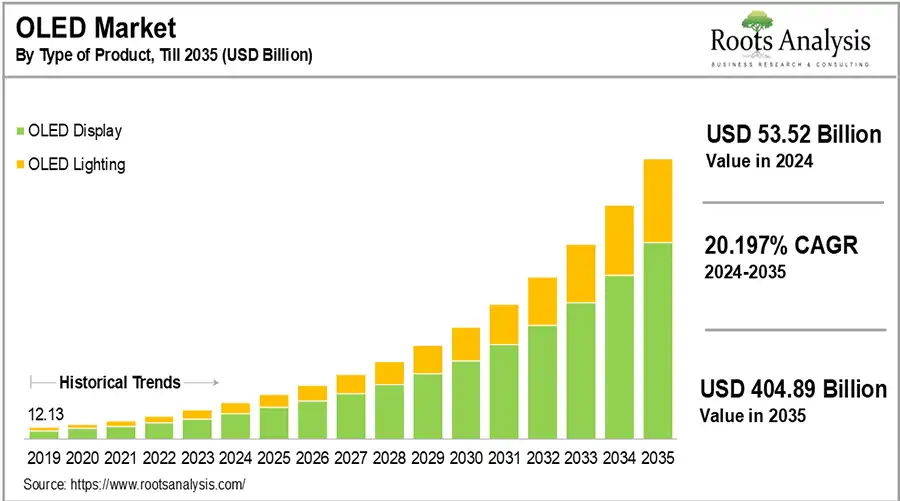
Factors That Affect OLED Display Price (Size, Resolution, and Customization)
The cost of an OLED display depends on several factors, including size, resolution, and whether it's a standard or custom OLED display. Larger and higher-resolution screens typically cost more due to increased material and production costs.
High-End vs. Budget OLED Displays – A Price Comparison
From flagship smartphones to budget tablets, OLED display price varies widely depending on the brand, features, and target market. This section compares the price differences between premium and entry-level OLED products.
OLED Display Price Trends in 2025 and Beyond
As manufacturing processes improve and production scales up, the OLED display price is expected to decrease. We’ll explore the latest market trends and what consumers can expect in terms of affordability.
Top OLED Display Manufacturers – Who Leads the Industry?
The global market for OLED display is dominated by a few major players. In this section, we’ll introduce the top OLED display manufacturers and explore what sets them apart in terms of quality, innovation, and customer support.
We’ll also provide guidance on how to choose the right OLED display manufacturer for your specific needs.
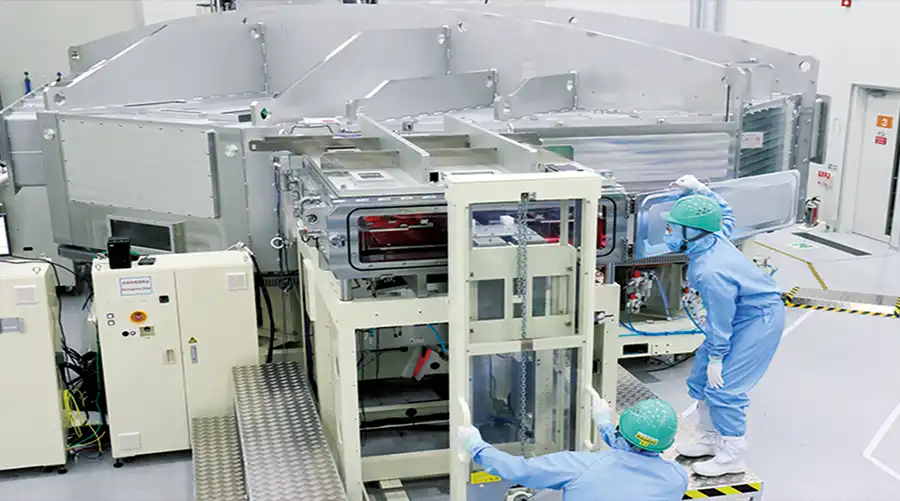
Leading OLED Display Manufacturers in the Global Market
Companies like Samsung, LG, and BOE are among the leading OLED display manufacturers. Each has its own strengths in terms of product quality, R&D capabilities, and market reach.
How to Choose the Right OLED Display Manufacturer for Your Needs
Whether you're sourcing displays for a commercial product or personal use, selecting the right OLED display manufacturer is crucial. This section will guide you through the selection process and key considerations.
Innovations and R&D Investments by Major OLED Display Brands
Top OLED display manufacturers invest heavily in research and development to stay ahead of the competition. We’ll explore some of the latest innovations and how they’re shaping the future of display technology.
Custom OLED Displays – Designing for Specific Needs
For many industries, off-the-shelf OLED display products may not be sufficient. This is where custom OLED displays come in. In this section, we’ll explain what custom OLED displays are and how they can be tailored to meet unique design and functional requirements.
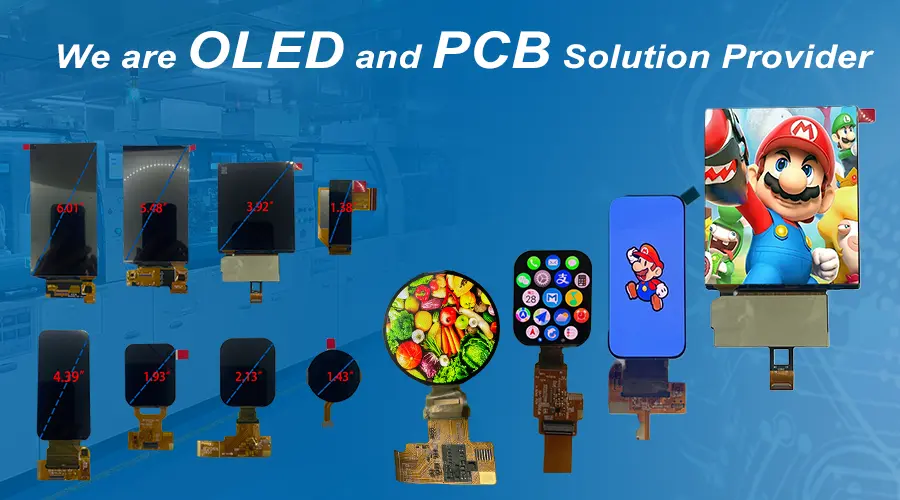
The Growing Demand for Custom OLED Displays Across Industries
From medical devices to automotive dashboards, custom OLED displays are becoming increasingly popular due to their flexibility and performance. This section explores the industries driving this demand.
How Custom OLED Displays Are Used in Medical, Automotive, and Industrial Applications
Custom OLED displays offer superior clarity, energy efficiency, and design flexibility. We’ll look at real-world applications in healthcare, automotive, and industrial control systems.
Key Considerations When Ordering Custom OLED Displays
Designing a custom OLED display requires careful planning and collaboration with your manufacturer. This section covers the most important factors to consider before placing an order.
OLED Display Applications – Expanding Beyond Traditional Use
The applications of OLED display technology go far beyond smartphones and TVs. In this section, we’ll explore how OLED is being used in smart home devices, healthcare, automotive systems, and more.
We’ll also look at the future of OLED display applications and how this technology is expected to evolve in the coming years.
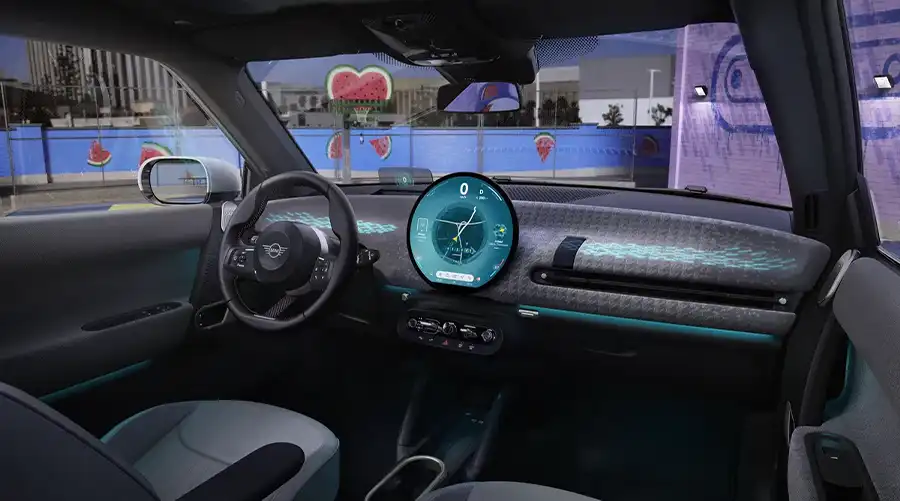
OLED Display Applications in Smart Home Devices and IoT
OLED display applications in smart home devices include smart speakers, thermostats, and security systems. OLED’s energy efficiency and clarity make it ideal for these types of devices.
OLED Technology in Healthcare – From Wearables to Diagnostic Tools
In the healthcare industry, OLED display applications are being used in patient monitors, diagnostic equipment, and wearable health trackers. OLED provides high contrast and visibility, which is essential in medical environments.
The Role of OLED Displays in the Future of Automotive and AR/VR Systems
From digital dashboards to augmented reality headsets, OLED display applications are expanding rapidly in the automotive and AR/VR sectors. We’ll explore how OLED is shaping the future of these industries.
Conclusion – Why OLED Display Is the Future of Visual Technology
OLED display technology is more than just a trend — it’s a fundamental shift in how we interact with visual content. With its superior image quality, flexibility, and energy efficiency, OLED display is poised to become the standard for next-generation devices.
Whether you’re a consumer looking for a new smartphone or a manufacturer sourcing displays for your product, understanding OLED display technology and its applications is essential.

Recap of the Benefits of OLED Display Technology
OLED display technology offers unmatched contrast, thin form factors, and better energy efficiency than traditional display technologies. As more OLED display manufacturers scale production, OLED is becoming more accessible across industries.
Final Thoughts on the Future of OLED Displays in Consumer and Industrial Markets
If you’re developing a product that requires a high-performance display, consider custom OLED displays or OLED display applications as your go-to solution. The future of display technology is here — and it’s OLED.
Latest articles
-
Why 1–2" AMOLEDs Are Key to AR/XR in 2025
Why 1–2 Inch AMOLED Displays Are Becoming Essential in the AR/XR Boom (2025 Industry Insight)body {f
-
Understanding OLED Display Technology: Principles, Performance & Applications
OLED (Organic Light Emitting Diode) displays are a class of self-emissive display technology in whic
-
From Wearables to AR Glasses – How OLED Displays Are Redefining Visual Experiences in 2025
By 2025, OLED (Organic Light-Emitting Diode) technology has transitioned from luxury smartphone disp
-
Stretched Bar LCD Displays for Retail: Boost Sales & Engagement in Supermarkets
Discover how stretched bar LCD displays enhance supermarket shelf-edge marketing, drive sales, reduc
-
Stretched LCD Solutions for Restaurants and Hospitality Venues
Stretched LCDs offer sleek, high-brightness displays perfect for restaurant menus and hospitality si
Recommended products
-
2.1 inch 410×502 AMOLED E-Paper Display Module for Handheld Scanner
The 2.1 inch OLED display module is a compact, high-resolution solution designed for integration int
-
2.06-inch OLED Display | 410×502 Resolution | 600 Nits | SPI Screen
The 2.06-inch AMOLED display module is designed specifically for harsh industrial environments, feat
-
3.92 INCH OLED Screen I2C Interface 1080 × 1240 Resolution
Product Specifications: BRO392001AResolution: 1080x1024Operating Voltage Range: 28VScreen Size: 3.92
-
6.01 INCH Display OLED screen | High Definition 1080x2160 | MIPI Interface
Product Specifications: BRO601001ADisplayMode: AMOLED Screen Size (inch): 6.01 Resolution: 1080x2
-
4.39 INCH OLED display module I2C Interface 568×1210 Resolution
The 4.39-inch AMOLED display module (model BR439102-A1) introduced by (Shenzhen Brownopto Technology
-
1.38 INCH AMOLED Type 128x400 Low Power Wearable Display
Shenzhen Brownopto 1.38-inch AMOLED module: 128×400 resolution, 600-nit brightness, MIPI/QSPI/SPI in
-
1.93 INCH OLED Panel I2C 368x448 Industrial-Grade Panel
Shenzhen Brownopto Technology’s 1.93-inch AMOLED module (Model BR193103-A1) features a core advantag
-
5.48 INCH AMOLED Display Module - 1080x1920 I2C, MIPI DSI, Industrial
Product Specifications: BRO548001AResolution: 1080x1920Operating Voltage Range: 2.8VScreen Size: 5.4


